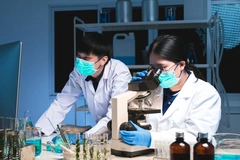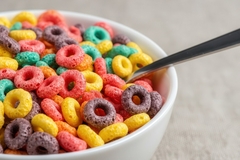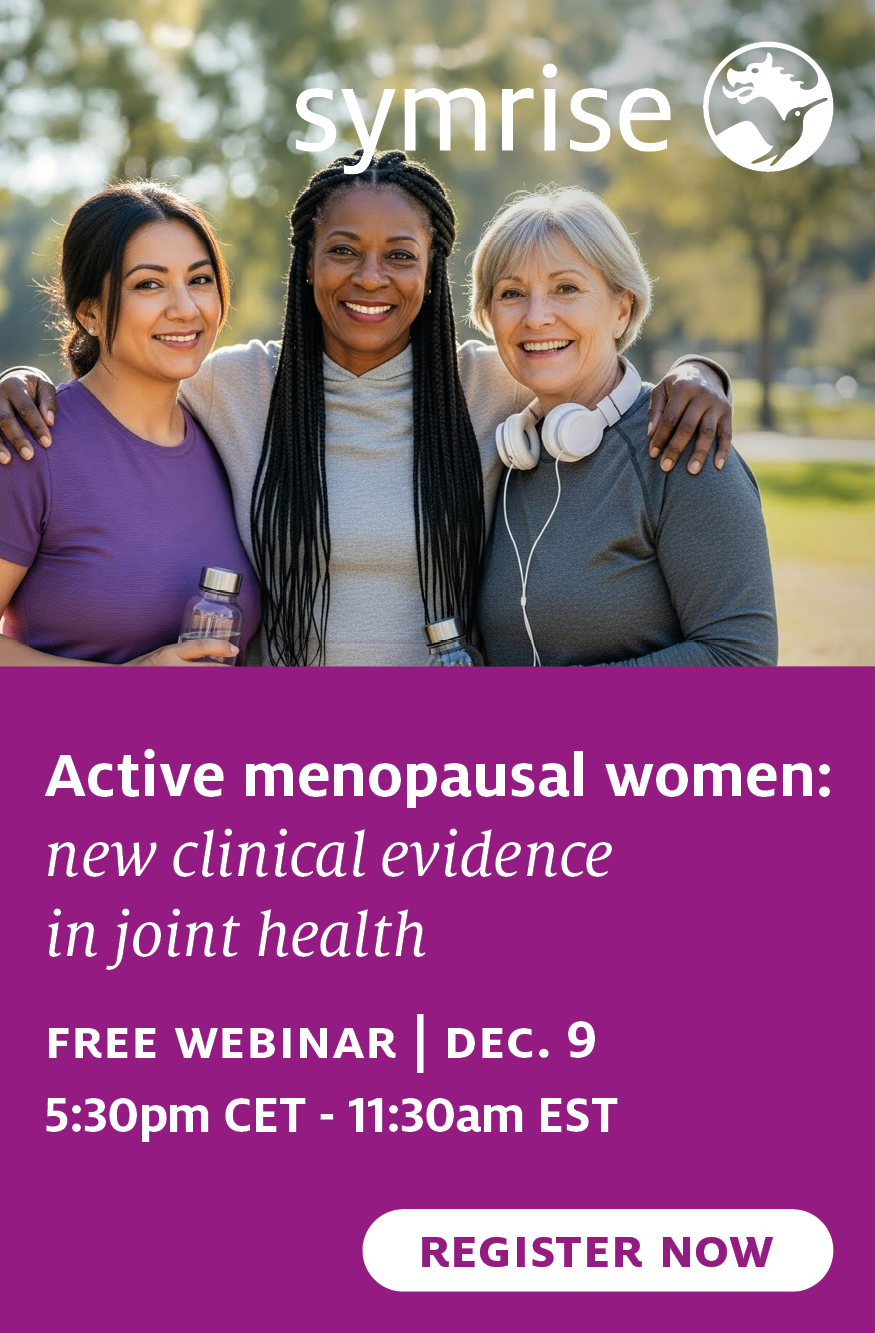Upcycling frog skin into collagen could aid wound healing, study reveals
28 Jul 2022 --- Upcycling bullfrog skin into clinical-grade collagen may be an effective treatment for chronic wounds and skin healing, according to findings from the Nanyang Technological University, Singapore. The research was also carried out with Singapore-based Cuprina, a company specializing in creating treatments for chronic wounds, including those that diabetic patients experience.
The patented technology for repurposing discarded bullfrog skin into skin wound healing products has been exclusively licensed to Cuprina for scale-up and commercial manufacturing through NTU’s innovation and enterprise company, NTUitive.
“Our focus is always on promoting and encouraging natural wound healing, intervening only to help the body do what it does organically,” says Carl Baptista, founder and CTO of Cuprina Holdings.

“With NTU’s patented technology, we can develop a line of natural, amphibian-derived collagen products that are highly compatible with the human body. This compatibility leads to improved healing outcomes over what is currently available.”
Bullfrog-derived collagen and maggot therapy
Research shows that collagen and maggot therapy can improve wound healing, according to Baptista.
When utilized in Maggot Debridement Therapy, Cuprina’s product Medifly – a bio-dressing made of live, medical-grade Lucilia cuprina maggots – will be formulated with the new product, if it is found to be effective.
 The researchers want to reduce waste and the price of pure collagen at scale by employing this collagen-rich marine by-product as a raw material (Credit: NTU Singapore).The collagen was created by materials scientists from Nanyang Technological University, Singapore (NTU Singapore), in partnership with Cuprina.
The researchers want to reduce waste and the price of pure collagen at scale by employing this collagen-rich marine by-product as a raw material (Credit: NTU Singapore).The collagen was created by materials scientists from Nanyang Technological University, Singapore (NTU Singapore), in partnership with Cuprina.
To replicate NTU’s collagen extraction and dressing product development, Cuprina has built a good manufacturing practices-compliant satellite laboratory at the Life Science Incubator in Singapore as part of the scale-up.
These studies mainly dealt with bovine collagen, but Cuprina was interested in amphibian-derived collagen since it would be more biocompatible with people than conventional collagen sources and hence have better-wound healing quality.
PersonalCareInsights previously reported on a Japan-based study investigating scarless skin wound healing through animal experiments using Cynops pyrrhogaster, a species of Japanese fire-bellied newt. The researchers examined the effects of scarless regeneration on the newt, presenting a model system for scar prevention in human skin.
Understanding the wound healing process
The researchers detail that inflammatory, proliferative, and maturation are the three stages of healing that wounds typically go through. This process is “extremely complex” and calls for particular interventions at each stage. Cuprina creates and customizes products for each phase.
The body creates enzymes that stop the infection from entering the bloodstream during the inflammatory phase. However, the enzymes also prevent the unwanted matter from leaving the body, which makes it challenging for the wound to heal.
Medifly produces these enzymes to disinfect and clean the wound, preparing the area for the following step. This action is essential to ensuring that the new collagen patch’s effects may be optimized appropriately to deliver the best healing outcomes.
In the second phase, a collagen patch acts as a scaffold for the white blood cells and other healing agents to thicken and form a protective layer so the healing process can start. Keeping the healing wound moist will also promote a quicker recovery.
 The skin of bullfrogs can be recycled to create clinical-grade collagen, which may be helpful in the healing of chronic wounds.By keeping the healing wound hydrated and offering collagen as a “building block” material for skin to mature, the collagen patch will continue to promote speedier recovery in the final stage.
The skin of bullfrogs can be recycled to create clinical-grade collagen, which may be helpful in the healing of chronic wounds.By keeping the healing wound hydrated and offering collagen as a “building block” material for skin to mature, the collagen patch will continue to promote speedier recovery in the final stage.
The need for upcycled chronic wound treatment
In Singapore, one in twenty patients has chronic wounds. There is also a higher chance of getting a chronic wound for one in ten people diagnosed with diabetes and the elderly. This will likely increase the need for accessible chronic wound treatment.
“As part of the NTU 2025 Strategic Plan and its Sustainability Manifesto, we are developing innovative ways to turn waste into useful materials to tackle some of humanity’s greatest challenges,” says Dalton Tay, associate professor from NTU’s School of Materials Science and Engineering.
“NTU’s expertise in transforming waste biomass into valuable feedstocks is now highly sought after by industry looking toward sustainable sources. In our partnership with Cuprina, we are glad to be able to fulfill both the circular bioeconomy aims and the healthcare demands of Singapore with one innovation.”
From an environmental perspective, the researchers note that currently, 20 million metric tons of byproducts from the fishing industry, such as scales, skins and fins, are thrown annually, and it is believed that 100 million kg of frog and fish flesh are consumed annually.
The NTU researchers want to further reduce waste and the price of pure collagen at scale by employing these collagen-rich marine byproducts as raw material, making it possible to provide the general public with an affordable but effective wound-care treatment.
Overall, these efforts tie into Singapore’s ambitions to achieve its Zero Waste Masterplan and promote a circular bioeconomy.
Therefore, the study could assist the country in becoming more resource-efficient.
Exploring collagen’s potential
In previous developments in collagen R&D, producer of collagen peptides Rousselot spotlighted collagen peptides as a “hero ingredient” across numerous applications, ranging from joint health to joint flexibility.
According to BioCell Technology, collagen has numerous uses for the connective tissue and gut microbiome.
By Nicole Kerr
















